
Epidermodysplasia verruciformis is a rather rare hereditary skin disorder. This condition is also known as Lewandowsky-Lutz dysplasia. It belongs to a group of autosomal recessive genetic disorders. Epidermodysplasia verruciformis carries a significant risk of skin carcinoma. Its onset is related to the infection with HPV of the skin. Once the person is infected with HPV the disease starts and features with formation of scaly macules and papules. These skin changes predominantly affect hands and feet. The characteristic skin changes basically develop after the exposure to HPV types 5 and 8. These viruses cause asymptomatic infection in healthy population. Epidermodysplasia verruciformis usually starts between the age of 1 and 20 and there were also cases when middle-aged people were affected.
Why does Epidermodysplasia Verruciformis Occur?
The actual cause of this exotic illness is an inactivating mutation of either the EVER1 or EVER2 genes. The very genes are located one next to the other on chromosome 17. The scientists have not identified the exact function of the previously mentioned genes. Still, they definitely play significant role in regulation of zinc distribution inside the cell nucleus. Zinc is essential for numerous viral proteins. The activity of EVER1 and EVER2 seems to restrict the access of viral proteins to zinc that is found in cells which consequently limit the growth of these proteins.
Presentation of Epidermodysplasia Verruciformis
Clinical features of this specific illness include permanent and continuous eruption of macules that resemble pityriaris versicolor and papules which look like flat warts. In some cases the patients may develop skin cancer which usually arises from the already changed skin. Furthermore, the skin is covered with flat, a bit scaly, red to brown macules. These skin changes are found on the face, neck and the rest of the body. They tend to reoccur in the penile area. The disease may also be in a form of verruca-like papillomatous lesions, seborrheic keratosis- like lesions and red plane papules. The previously mentioned changes are usually found on all extremities and the face. Only if the disease is in a benign form the patients develop flat lesions that resemble warts.
Treatment for Epidermodysplasia Verruciformis
Unfortunately, there is no cure which can provide with complete eradiation of the skin lesions. Doctors recommend several treatment modalities. The treatment with acitretin 0.5-1mg per day for 6 months is considered the most effective treatment. It prevents proliferation and differentiation- inducing effects. Desirable effects can be also obtained with a combination of interferons and retinoids. The skin changes may be surgically removed. Surgical removal is especially important in case of the presence of premalignant and malignant skin lesions.


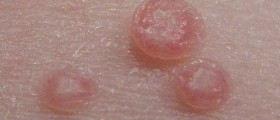





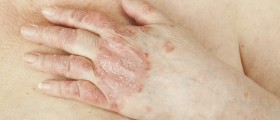
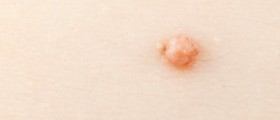
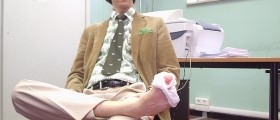

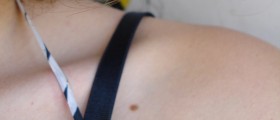
_f_280x120.jpg)



Your thoughts on this
Loading...